Let me set things straight: I do love Kodak Portra. It is the color negative film I use all the time. And, probably like many of you guys, could easily deal with it if Portra was the only color film available. However, I recently decided to test out some alternatives. To a large extent, curiosity drove me: Which other looks can I achieve with different film stocks? Another aspect was the price. In Germany, a roll of Portra 400 in 135 comes now at roughly 11 Euros. So maybe I can find a cheaper alternative for the bulk of my work?
In this article, I’m going to talk about my first candidate: Fuji Superia 400. You will read rather subjective impressions based on a single roll, not an in-depth review.
Testing Fuji Superia in the Field
A good comparison of two different film stocks usually consists of several side-by-side shots. Such always remind me of these “Spot the difference!”-kind of riddles I used to love as a child. However, in film photography related posts, I lately find comparison shots more and more boring. Especially, if they are rather meaningless photographs only taken to reveal subtle differences in their tones. Or sharpness, vignetting, bokeh… Don’t get me wrong, comparisons are really helpful. But for the sake of this post, I wanted my images to stand for themselves.
As usual, I would like to give you some context. I shot the roll in question during a photowalk with my friend Hans. On a sunny day in late November, we met at an industrial inland harbor in Hannover. Warehouses, factories, scrap yards – but no people strolling around (except us). In these crazy Covid times, the harbor proved itself as a relaxing environment. Our plan was to have at least two hours prior to sunset and then continue into dusk. Shooting until we wasted all our films / couldn’t stand each other any more / would be frozen to death.
For the trip, I brought my Leicaflex SL2 in combination with not one but two 35mm lenses (the f/2 Summicron as well as the PC Curtagon shift lens). As I had wisely loaded the film in complete darkness , I was able to obtain 40 frames from the single roll. An impressive number to be reduced to a not-so-much impressive count of 37 useful frames by camera operator error. By the way, my point-and-shoot cameras often get one more frame out of a Fuji than of a Kodak film. To have a little more room for exposure errors, I rated the Fuji Superia at EI 200.
The Images – Day-Time Shots
For development and scanning I sent my roll of Fuji Superia to Carmencita Film Lab in Valencia, Spain. They offer to scan the whole frame, including black edges. For me, these edges look rough and “dirty” – and they slightly vary from frame to frame. I love them, as they give the image an authentic look in my opinion. And hey, why do we bear all these burdens and shoot film in the digital age if not to get imperfect photographs?
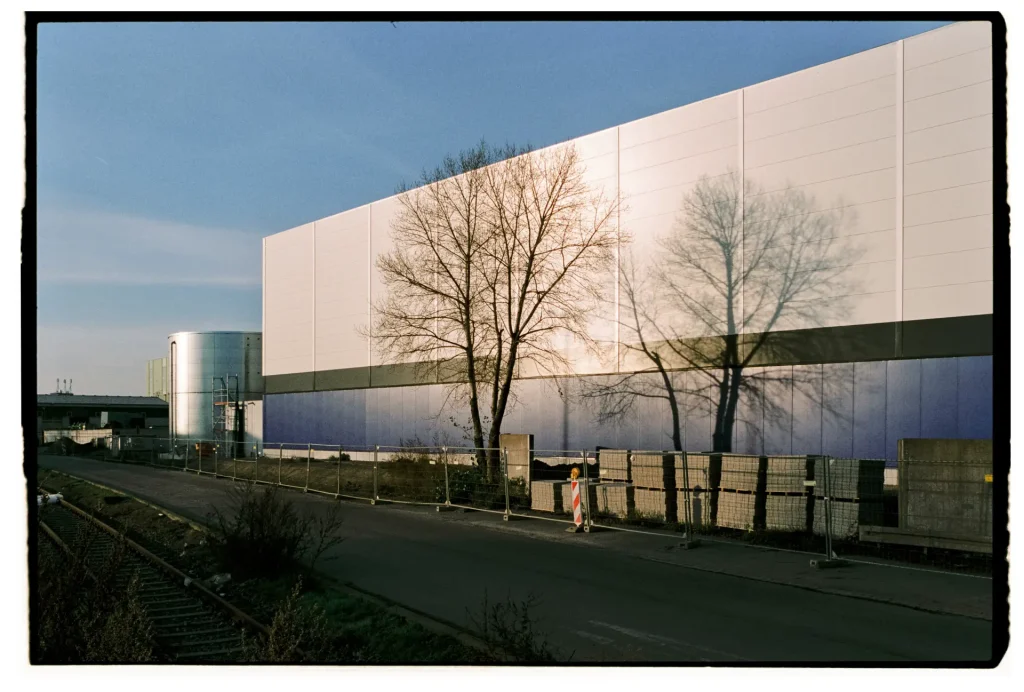
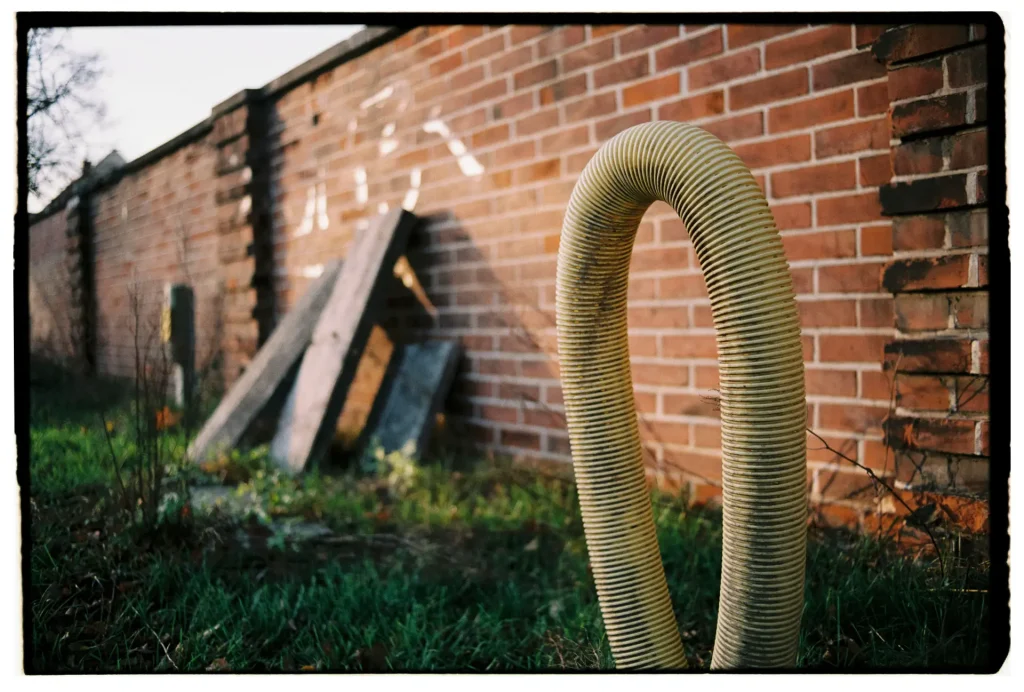
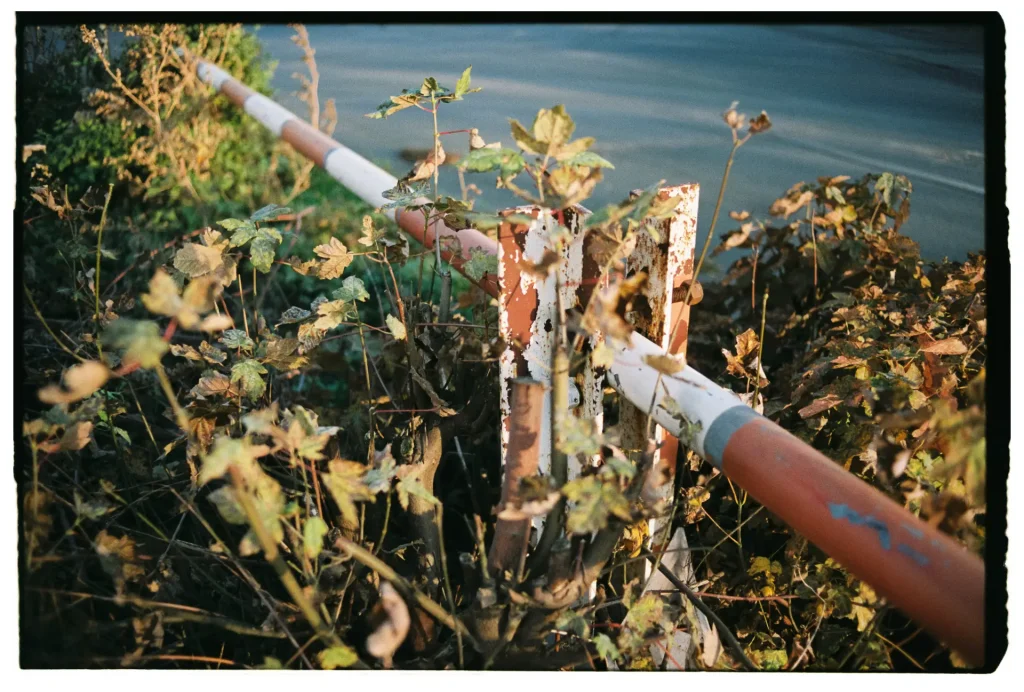
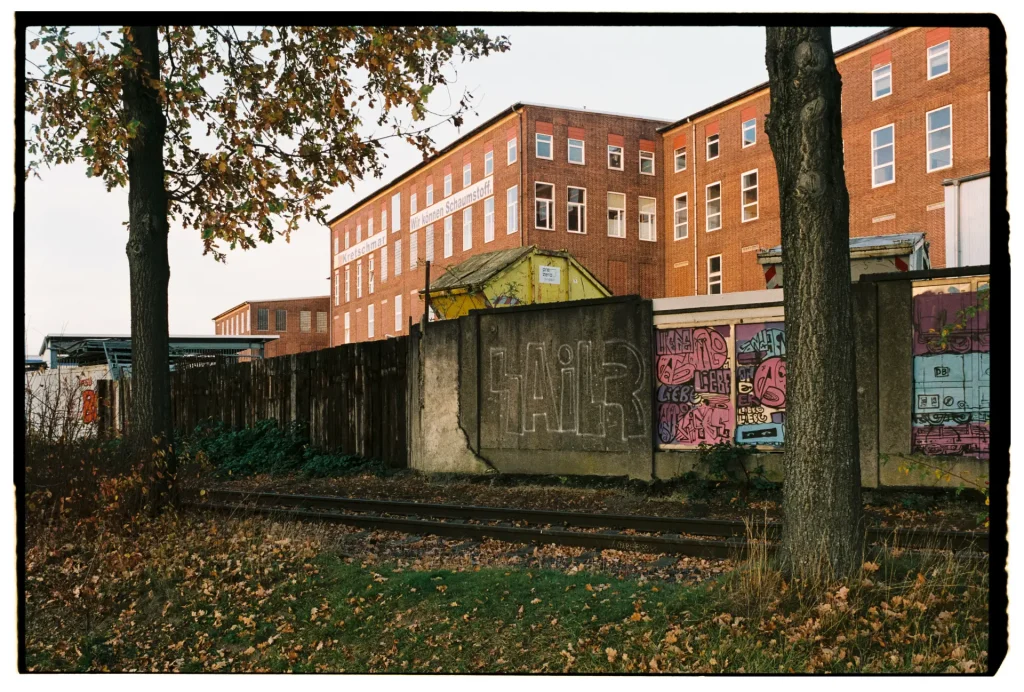
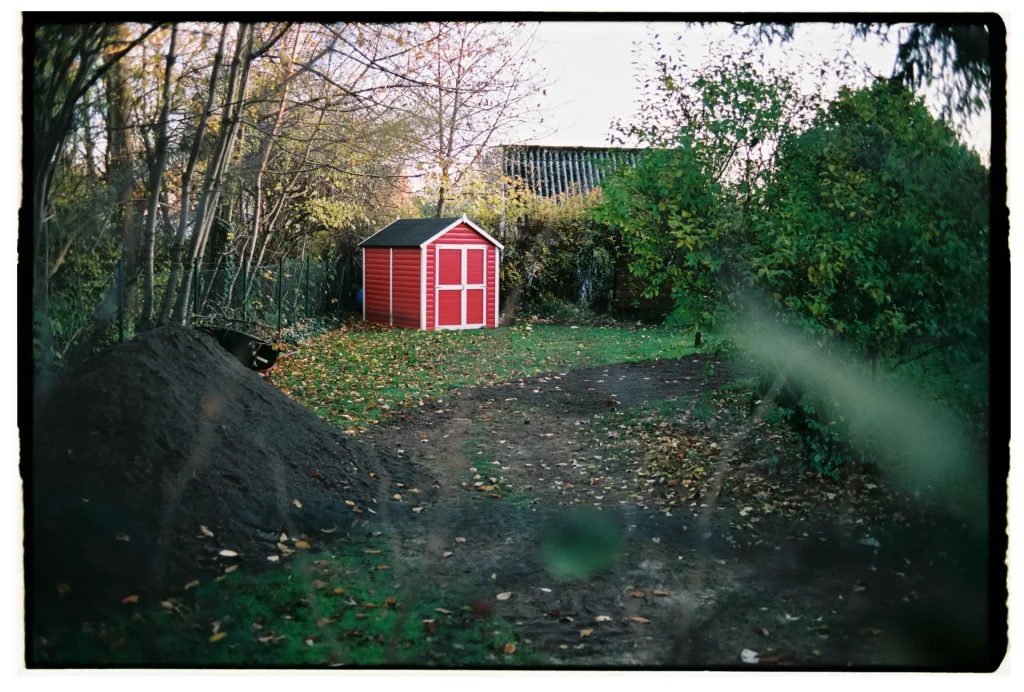
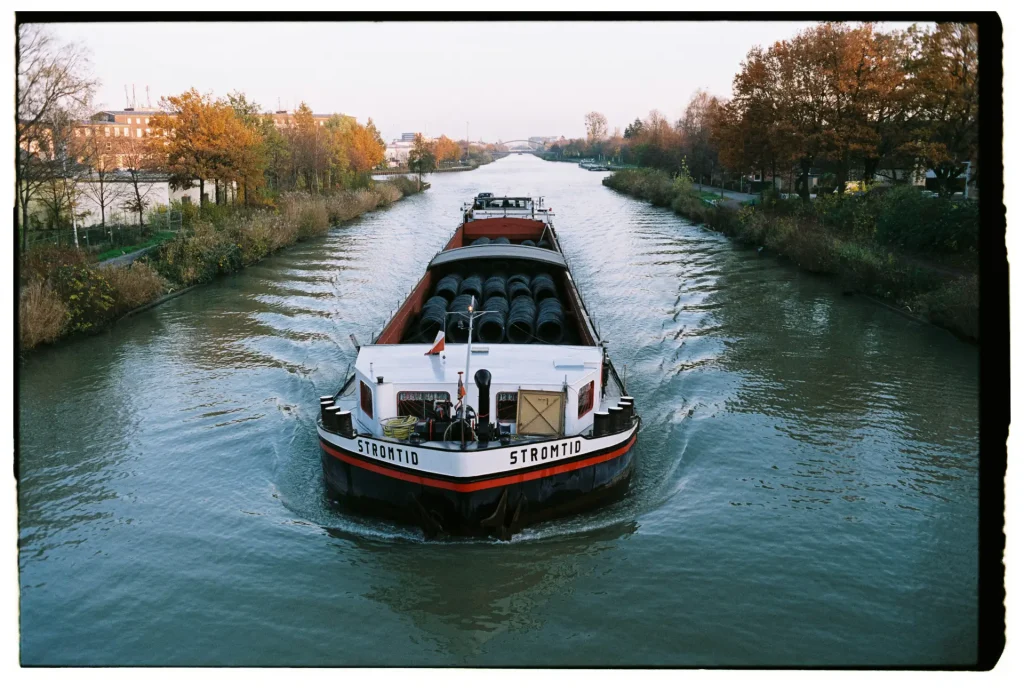
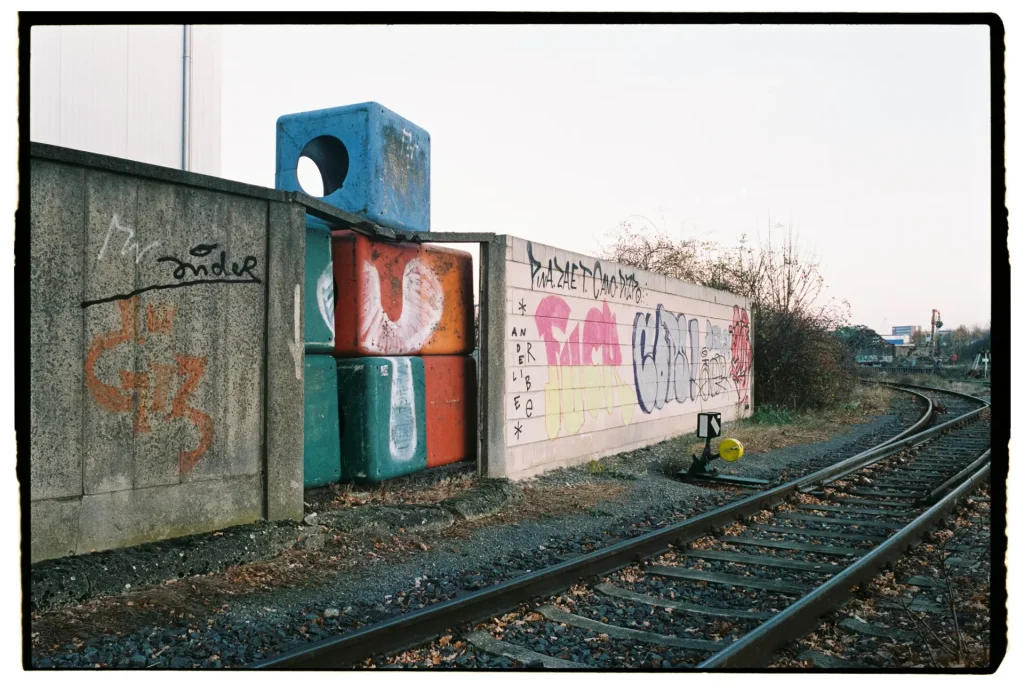
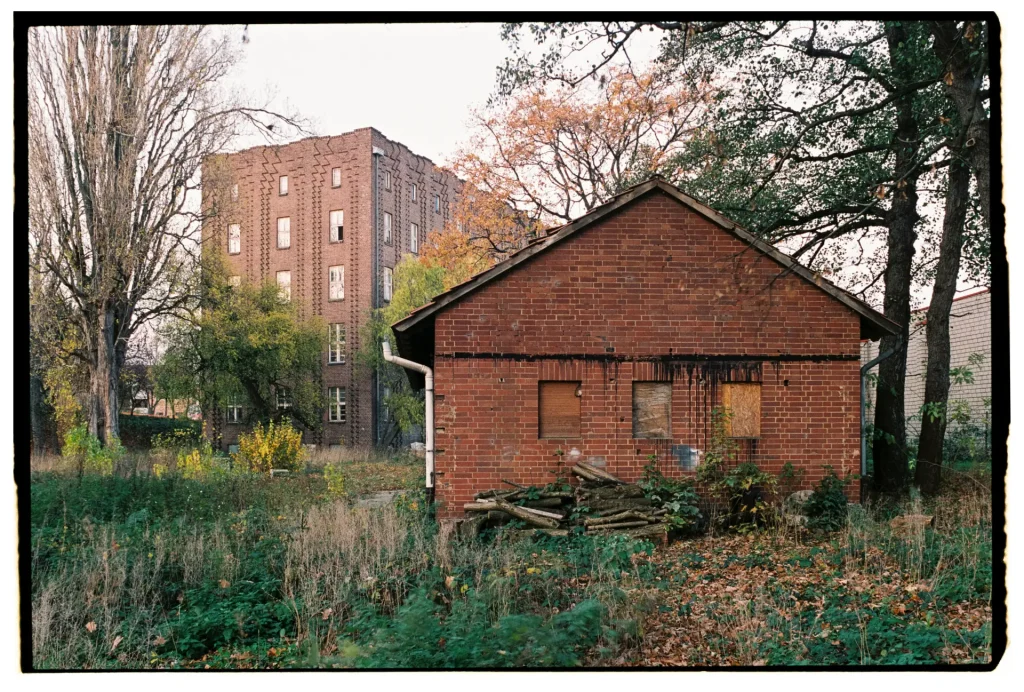
The Images – Night-Time Shots
Especially during the winter season I practice a lot of night-time photography. During the day, one photograph might take up 1/125th of a second of your time. However, at night, things change drastically. You should have much more time on your hands as a single exposure can easily consume several minutes.
After the sun had set, the frame counter of my camera read 25. Enough shots left to check out what Fuji Superia is capable of in the absence of natural light.
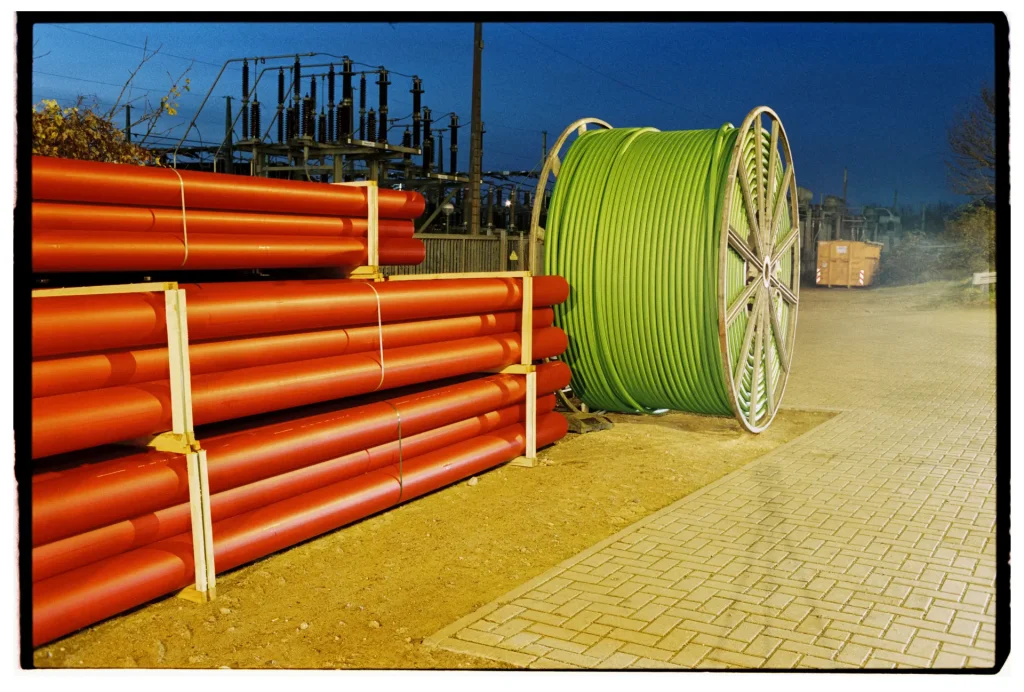
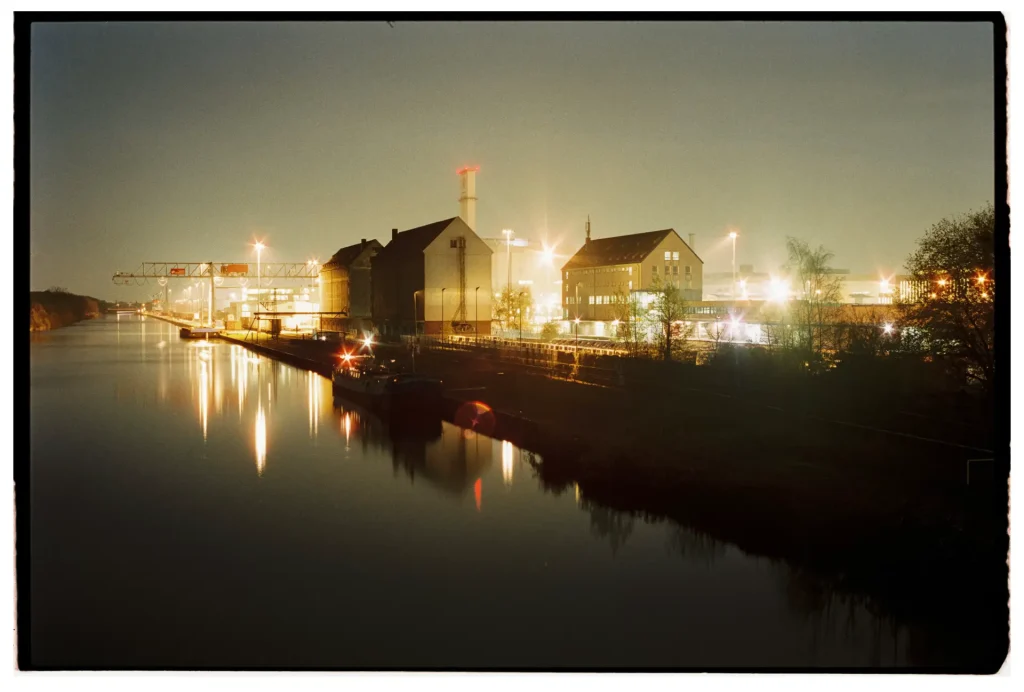
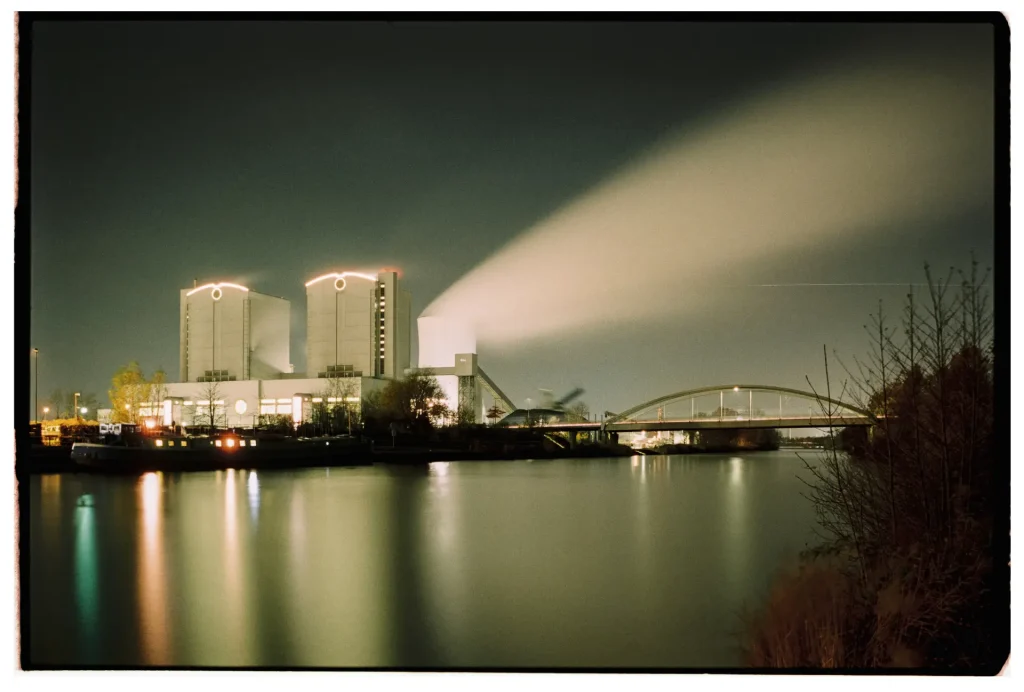
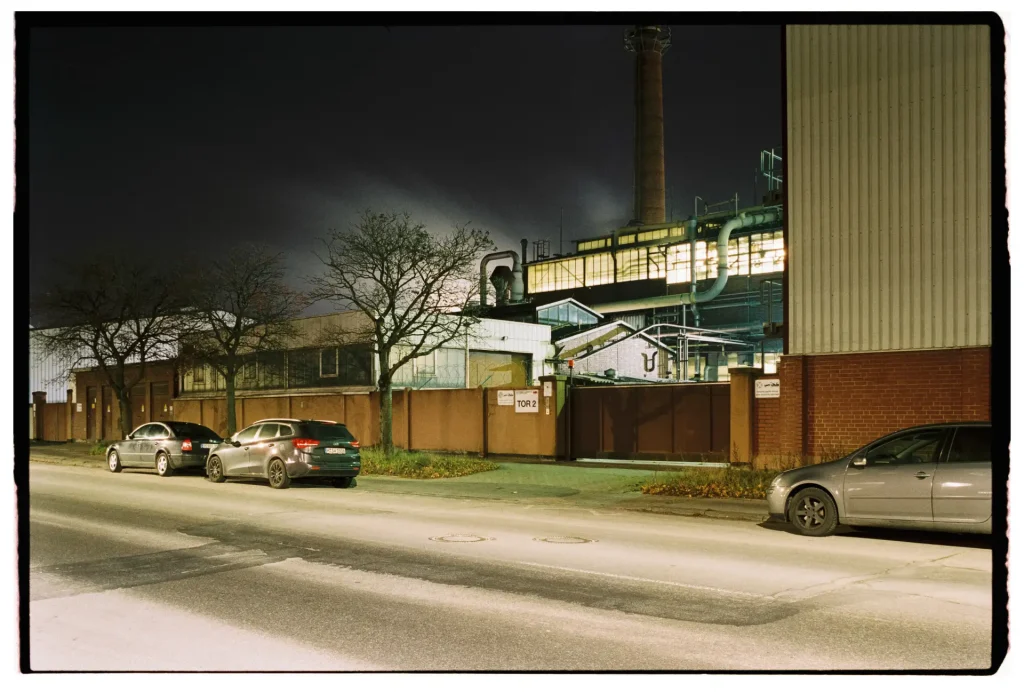
Final Thoughts on Fuji Superia 400
It excites me to test out unfamiliar film stocks. A specific emulsion has often a much greater impact on the final image than a new piece of gear has. Consider this as an easy way to spice up your analog life without spending a fortune. I think these images have a distinct “analog-ish” appearance to them. The look of Fuji Superia differs from the one of Kodak Portra, indeed. However, it is not a difference between day and night, both are solid films. Superia’s colors seem more punchier to me, as expected.
Some years ago, I once tried another Fuji film. Fuji 160 NS in 120, if I remember correctly. I shot the film in the countryside in spring. Back then, the results disappointed me. Grass, leaves, plants on the fields – they all appeared way too green to my taste. This effect gave the images a rather artificial look. In my eyes, the organic vibe of film photographs was almost absent. Fortunately, I didn’t encounter a similar behavior with Fuji Superia. Maybe it’s because the vegetation reveals a totally different color palette in May than in November. Whereas in spring bright and intense greens are prevailing, the late autumn is characterized by yellows and browns. Should have an eye on this.
So, will I use this film again? Of course, as I bought two more rolls of it. Joking aside, Fuji Superia gave me pleasing results, so I will probably use it again from time to time.
Thanks for reading!
Share this post:
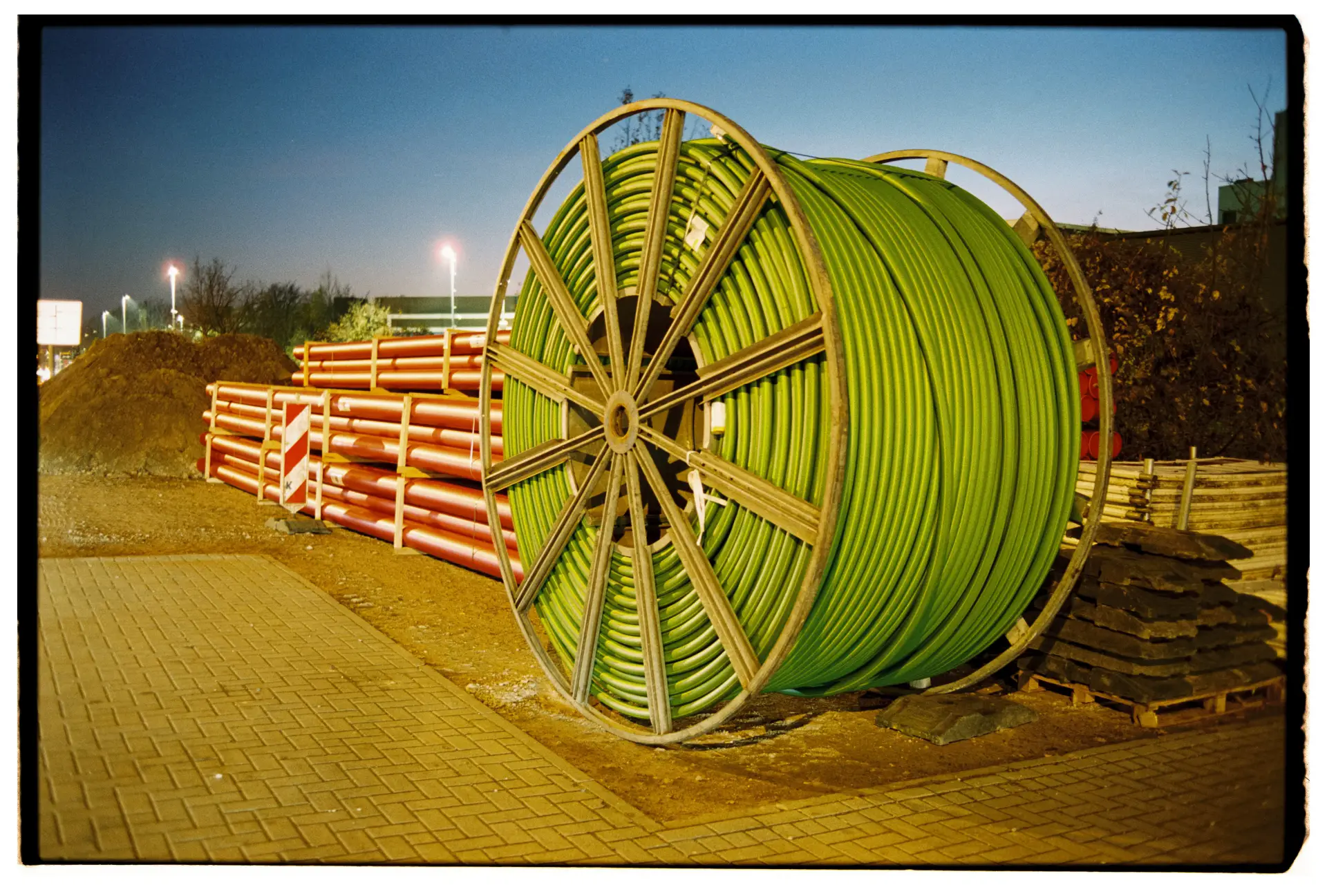








Comments
Steve Curzon on Fuji Superia 400 – Single Roll Review – by Christian Schroeder
Comment posted: 19/01/2021
Comment posted: 19/01/2021
Rock on Fuji Superia 400 – Single Roll Review – by Christian Schroeder
Comment posted: 19/01/2021
Comment posted: 19/01/2021
Comment posted: 19/01/2021
Michael J on Fuji Superia 400 – Single Roll Review – by Christian Schroeder
Comment posted: 19/01/2021
I guess we'll be seeing more of Superia 400 as Fuji are apparently discontinuing PRO400H. I've been using both of these in the last couple of years and where PRO400H has given me great results at 120 in a Rolleiflex (that takes pretty good pics on anything) I haven't seen anything that justifies the substantial additional cost over Superia on 35mm.
It's also quite commonly held in real shops (when/if they ever open again) which gives one the rare opportunities for spontaneous choice.
Yeah, I like the stuff. I'm also inspired by your night shots…
Comment posted: 19/01/2021
John Murch on Fuji Superia 400 – Single Roll Review – by Christian Schroeder
Comment posted: 19/01/2021
Comment posted: 19/01/2021
Huss on Fuji Superia 400 – Single Roll Review – by Christian Schroeder
Comment posted: 19/01/2021
Comment posted: 19/01/2021
Alexander Seidler on Fuji Superia 400 – Single Roll Review – by Christian Schroeder
Comment posted: 20/01/2021
Holly Gilman on Fuji Superia 400 – Single Roll Review – by Christian Schroeder
Comment posted: 22/01/2021
Keep on sharing your musings!
Film Review Blog No. 80 – Fujifilm Superia X-Tra 400 – Alex Luyckx | Blog on Fuji Superia 400 – Single Roll Review – by Christian Schroeder
Comment posted: 14/02/2022